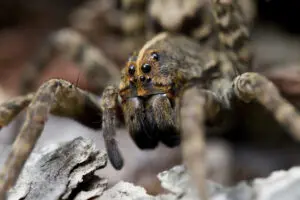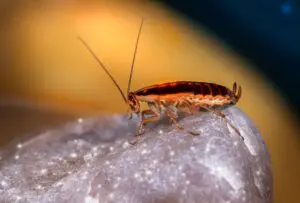
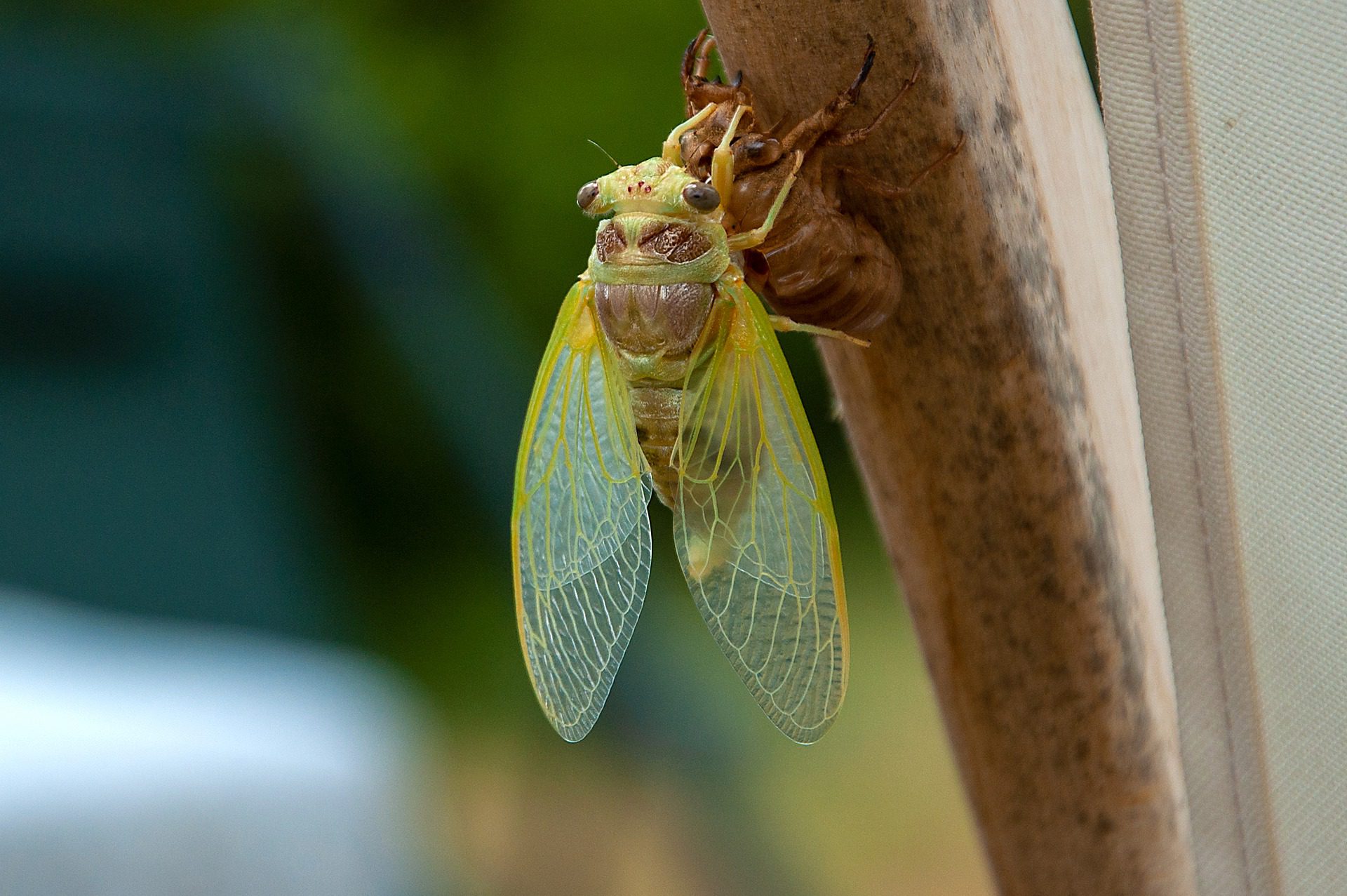
If you’ve ever seen a cicada year, you know what a remarkable sight it is. But did you know that cicadas are great for the environment too? That’s right- locusts are the bad ones. To help clear the cicadas’ bad reputation, we decided to take a closer look at what they’re really like.
Annual vs Periodical
Each of the more than 3,000 cicada species falls into one of two categories- annual or periodical. As their name suggests, annual cicadas occur every year. Most species are annual, and this type of cicada can be found all around the world. Only seven species of cicada are periodical, meaning they only emerge in either 13 or 17- year intervals. Unlike their annual counterparts, periodical cicadas live exclusively in North America- specifically in eastern and midwestern areas. They are grouped into broods. Broods are not based on species, but rather what years they emerge. A single brood, or year-class, can live in many different areas of the country, but a specific area will typically only be home to one, maybe two broods. Most recently, Brood X emerged in 2021. The next brood to emerge in New Jersey will be Brood XIV in 2025. Florida is not home to any periodical cicadas.
Identification
Cicadas are rather sizable insects with stocky bodies and short antennae. They have large compound eyes and transparent, waterproof wings that feature noticeable veins. Cicadas range in size depending on species and whether they are annual or periodical. Adult annual cicadas are about 1 ¾ inches on average. They are black or green in color and their wings are tinged with the same color as their body. Their eyes are brown or black. Smaller than annual species, periodical cicadas are typically just over an inch in length. They are black with striking reddish-orange wing veins, legs and eyes.
Life Cycle
Like many insects, cicadas live their lives in three stages: egg, nymph, and adult.
Egg
Cicada eggs are tiny and white, and somewhat resemble a grain of rice. They are laid in cuts on twigs and branches. Around 6 to 10 weeks after being laid, the eggs hatch.
Nymph
The newly hatched cicadas promptly drop to the ground and burrow 1 to 2 feet below the surface, where they will spend most of their lives. While underground, they feed on the fluids from plant roots. Annual cicada nymphs will stay underground for between 2 and 5 years. Periodical nymphs stay underground for either 13 or 17 years.
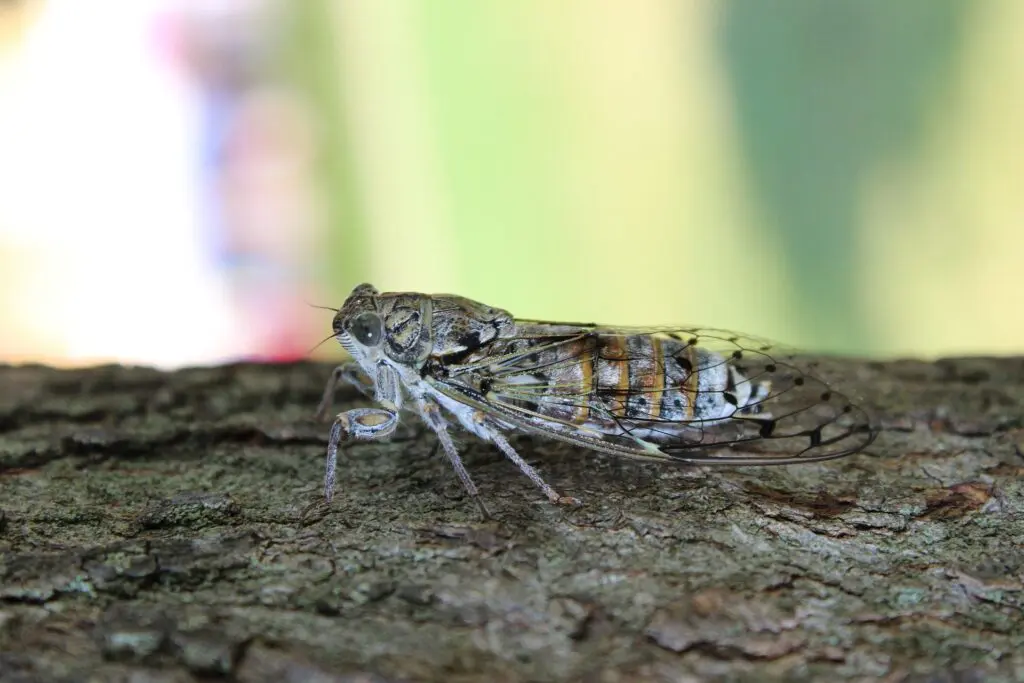
Adult
When they are ready and the conditions are right, cicada nymphs emerge from their underground burrows. Annual cicadas do need 2 to 5 years to develop, but a new generation of each species emerges every year. Conversely, the generations within each brood of periodical cicadas are not staggered. In other words, each brood only has a new generation emerge every 13 or 17 years. This means that periodical cicadas are very easy to predict. So easy, in fact, that charts and maps have been made showing where and when the next generation of each brood will emerge.
When they emerge, cicadas look for the nearest tree or shrub, climb up it, and molt into adults. Their adult life is short, only lasting between 14 and 50 days. During that time, they mate and lay eggs. Before laying their eggs, female cicadas first cut slits into a twig or branch. They then lay their eggs inside the cuts. A single female can lay between 400 and 600 eggs in various different spots. After they lay their eggs, females fall to the ground and die. Males die shortly after the females.
Cicada “Song”
Besides their overwhelming numbers during cicada years, cicadas are best known for the buzzing or clicking noise they make. With so many individual insects buzzing at the same time, the noise turns into an extraordinarily loud hum. In fact, the hum can reach as high as 100 decibels in a large enough group and can be heard up to ½ mile away. This makes cicadas the loudest insect in all of the United States. Cicadas may all sound more or less the same to human ears, but each “song” is species-specific and each species emits multiple different sounds. Males make the noises by vibrating membranes on their abdomens, and different sounds are used for different purposes, such as attracting mates or alerting others to danger.
Impact
Cicadas are often unfairly confused with locusts, which are extremely damaging pests. In contrast, cicadas are more beneficial than they are harmful. Large populations can cause cosmetic damage to trees through their egg-laying habits, and the exoskeletons they leave behind when they molt can be a nuisance. Beyond this, however, cicadas are rather benign insects- they don’t bite, sting, or pose any other health threats to humans; they tend to stay outdoors; and they are environmentally beneficial. While nymphs are underground, their movement aerates the soil which gives tree roots better access to oxygen and nutrients. In addition, they are an abundant food source for all sorts of predators. Practically any creature will eat cicadas, including birds, fish, insects, marsupials, reptiles, rodents, spiders, pets, and even humans!
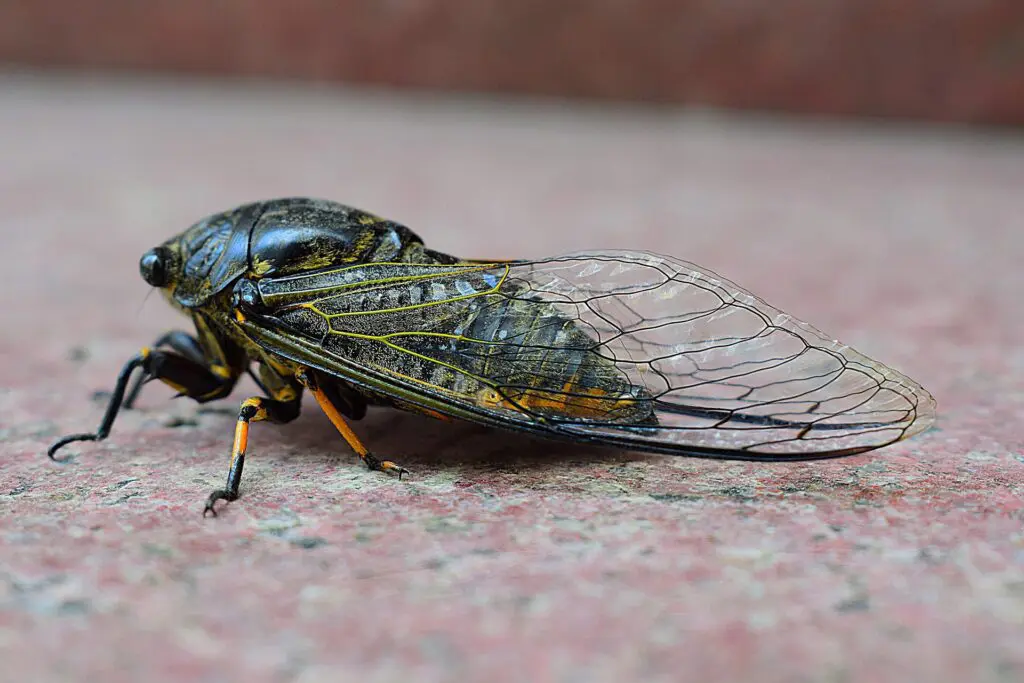
Fun Facts
- The life cycle of a periodical cicada is somewhat of a mystery to us. We do not know why they stay underground for so long, although there are several theories. One theory is that they are avoiding predators. Since they are underground for so long, no predator relies on them as a food source. Another theory is based on the fact that both 13 and 17 are prime numbers. By waiting a prime number of years to emerge, there is less of a chance that their arrival will overlap with that of other periodical cicadas. This allows them to avoid genetic hybridization and competition for resources.
- The largest species of cicada is called Megapomponia imperatoria. Their bodies are around 2.8 inches, and they have up to an 8 inch wingspan!
- Cicadas have bacteria-resistant wings. Like dragonflies, their wings have a layer of microscopic spikes that kill certain bacteria. Research on the topography of cicada wings has provided scientists with new insight into fighting antibiotic-resistant bacteria. The research is also being used toward potential advances in medical implants.
- When Brood X emerged in 1970, their sound inspired Bob Dylan so much that he wrote a song about it! However, he misidentified the cicadas, naming the song “Day of the Locusts.”
For more helpful guides, check out our resources page.




